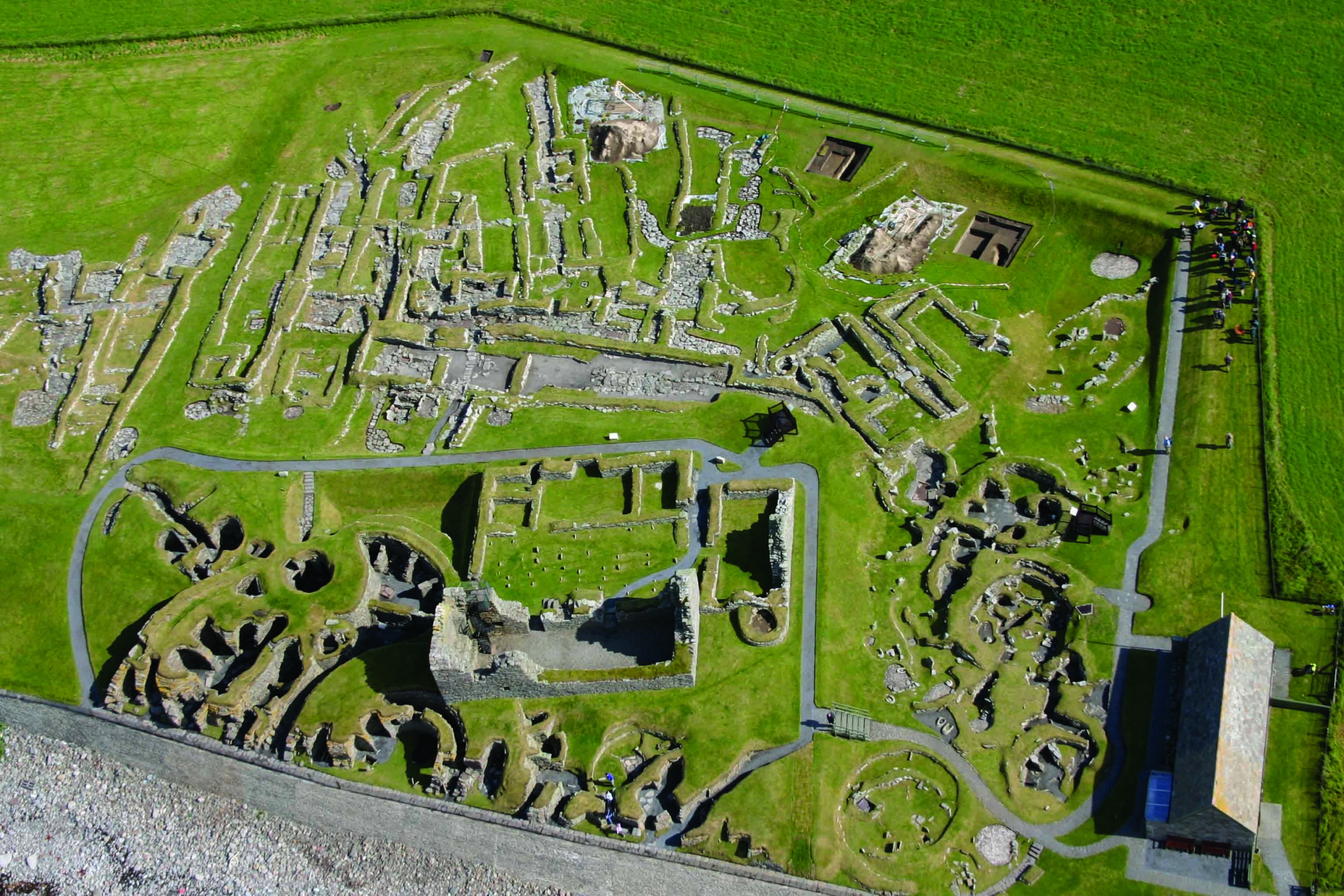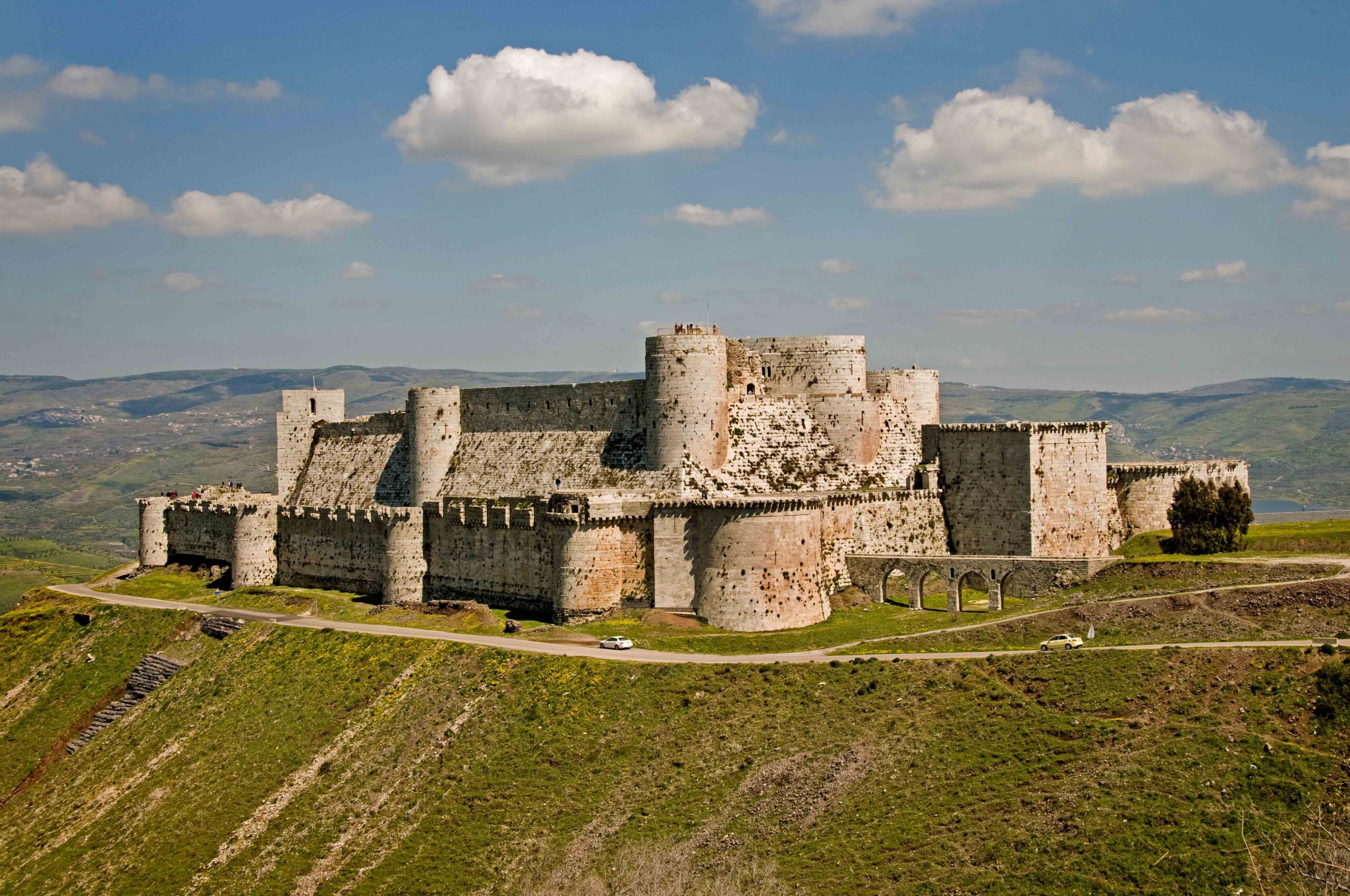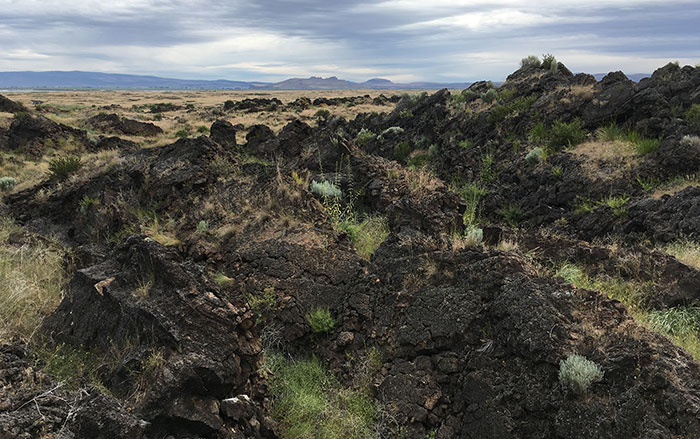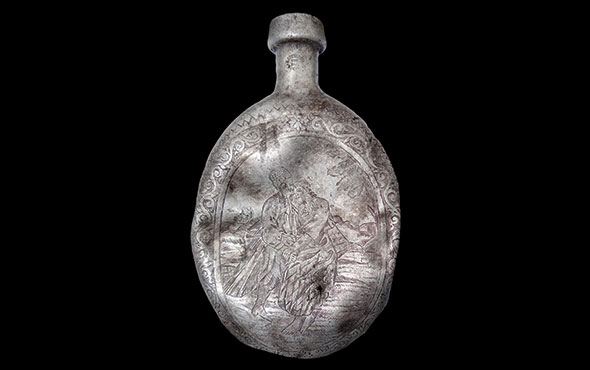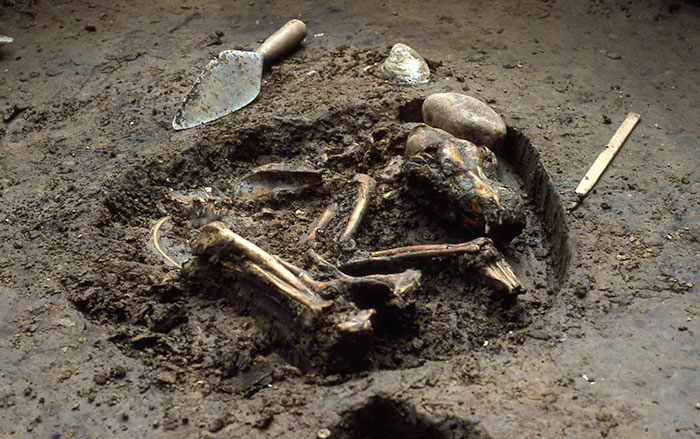
CAITHNESS, SCOTLAND—BBC News reports that analysis of DNA obtained from the bones of a woman who died in what is now Scotland more than 4,250 years ago offers a new interpretation of her possible appearance and ancestry. The remains of the woman, now known as Ava, were discovered in a rock-cut tomb during road construction in 1987. An earlier reconstruction suggested she had red hair and blue eyes, but the latest analysis of her genome indicates she actually had brown eyes and black hair. The data also suggests she was lactose intolerant, and was descended from northern European migrants to Britain. “The revelation that her ancestors were recent northern European migrants is exciting, especially as we know that she has no, or very few, genetic connections with the local Neolithic population who resided in Caithness before her,” said archaeologist Maya Hoole of Historic Environment Scotland. To read in-depth about another site in Scotland dating to this period, go to “Neolithic Europe's Remote Heart.”


